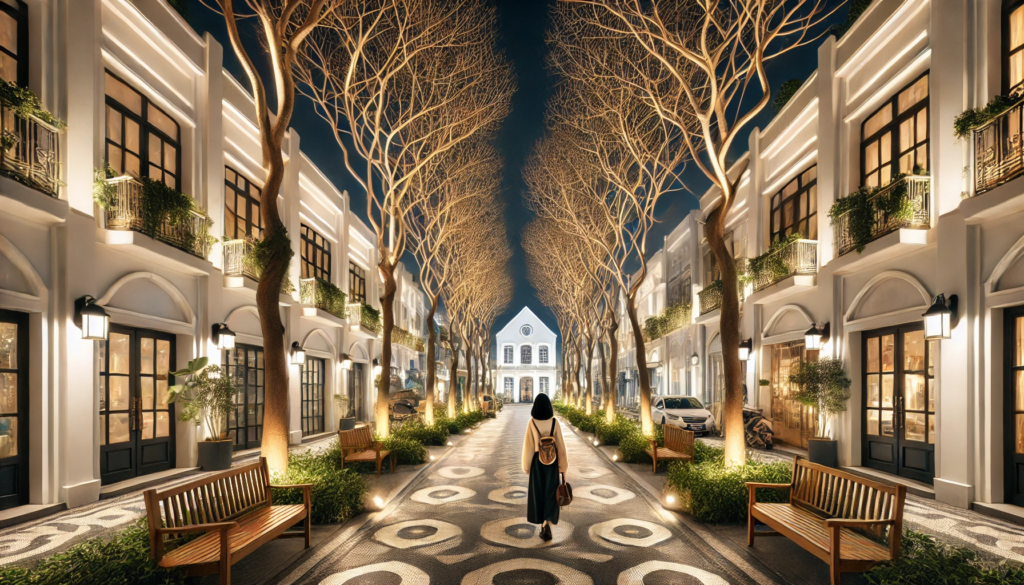ChatGPT:
Ponta Delgada, situated on the southern coast of São Miguel Island in the Azores archipelago, is the largest municipality and serves as the administrative capital of the Autonomous Region of the Azores in Portugal.
Origin and Early History
The name “Ponta Delgada,” meaning “delicate point” in Portuguese, was described by the chronicler Father Gaspar Frutuoso, referring to the area’s thin volcanic lands extending to the sea.
Around 1450, Pêro de Teive established a small fishing village in the area. By 1499, due to its growing economic and commercial significance, King Manuel I elevated Ponta Delgada to the status of a town.
In 1522, a devastating earthquake and landslide destroyed Vila Franca do Campo, the island’s then-capital. This catastrophe led to Ponta Delgada becoming the new administrative center, and it was officially elevated to city status on April 2, 1546, during the reign of King João III.
Development and Economic Growth
During the 19th century, Ponta Delgada experienced significant economic growth, particularly through citrus exports to the United Kingdom. The construction of an artificial port in 1861 further enhanced its status as a commercial hub.
The city also became a center for foreign-owned businesses, including those established by Jewish merchants after 1818. This period saw the development of ornate homes, public gardens, and improved infrastructure, contributing to its cosmopolitan character.
Modern Era
In the 20th century, Ponta Delgada maintained its prominence within the Azores. Following the Carnation Revolution in 1974, the city played a role in the region’s political changes, leading to the establishment of the Autonomous Region of the Azores in 1976.
Today, Ponta Delgada is a vibrant city known for its historic architecture, cultural heritage, and as a gateway for tourists exploring the natural beauty of São Miguel Island and the Azores.
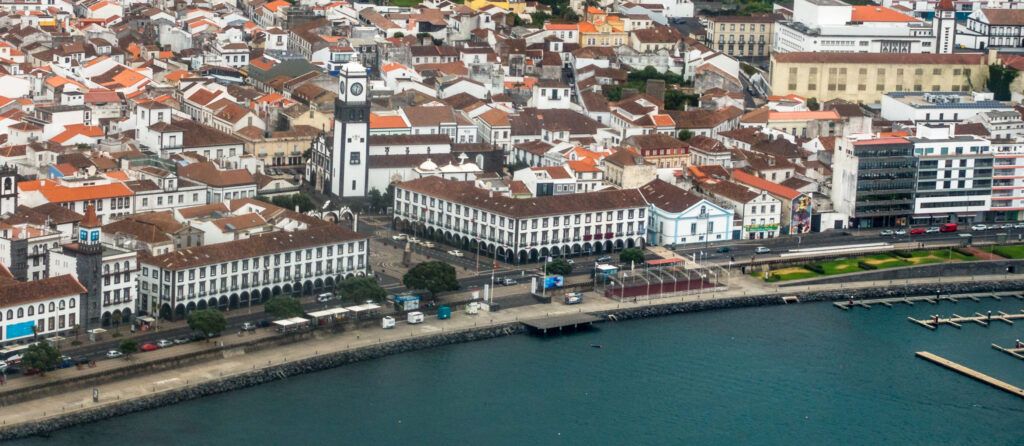
Ponta Delgada, boasts a rich array of historical landmarks and tourist attractions that reflect its cultural heritage and natural beauty. Here are some notable sites to explore:
Portas da Cidade (City Gates)
These iconic 18th-century gates are a symbol of Ponta Delgada, marking the entrance to the historic city center. They are located in Gonçalo Velho Cabral Square and are a popular spot for photographs.Igreja Matriz de São Sebastião (Church of Saint Sebastian)
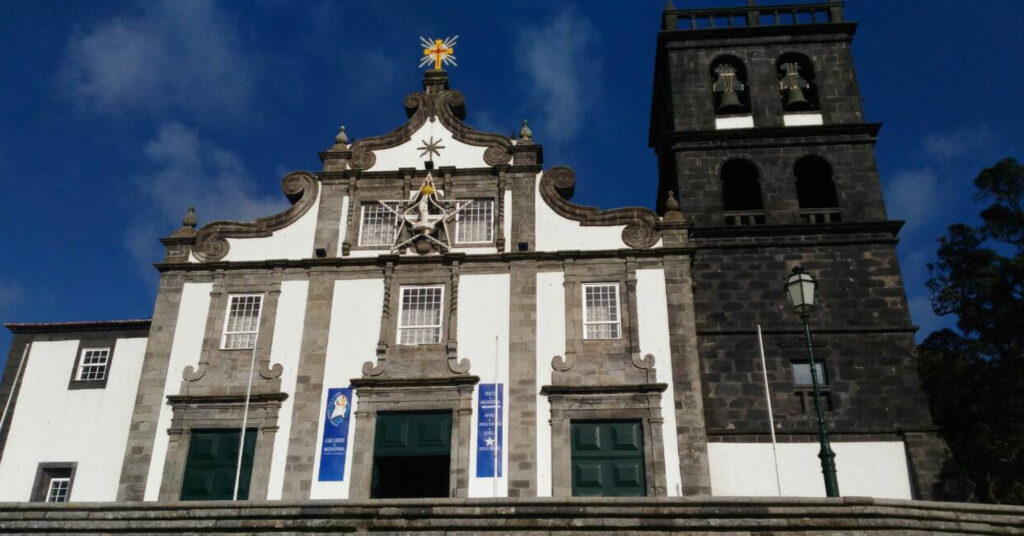
Built in the 16th century, this Gothic-style church features intricate woodwork and beautiful azulejos (ceramic tiles). It’s situated near the city gates and is notable for its richly decorated interior.Forte de São Brás (Fort of Saint Blaise)
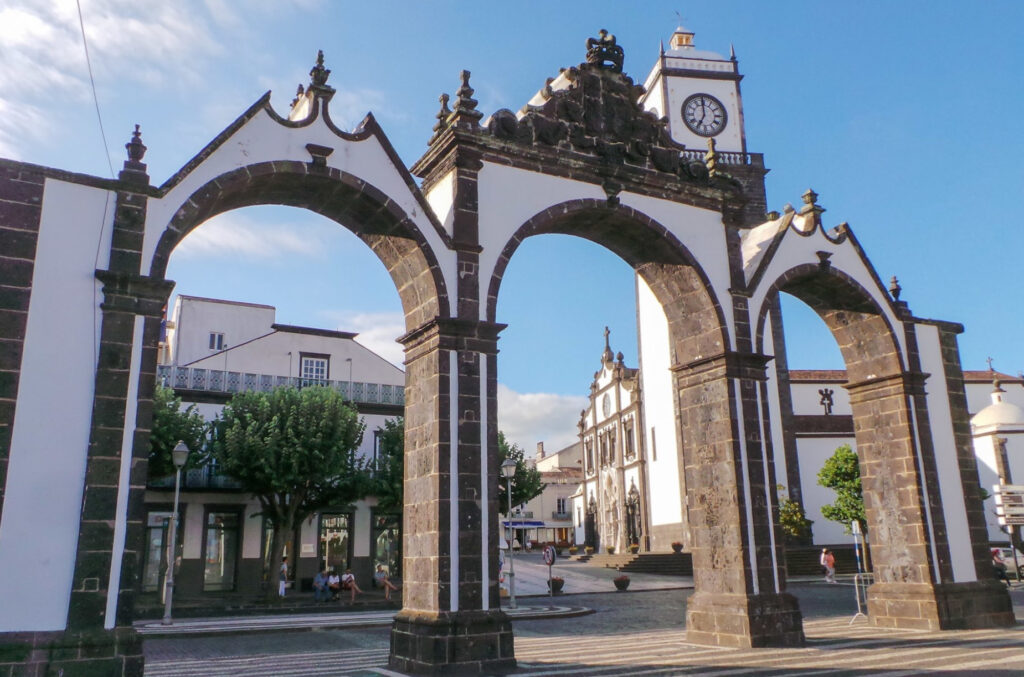
A 16th-century fortress constructed to defend the city from pirate attacks, it now houses a military museum showcasing the Azores’ maritime history. The fort offers panoramic views of the harbor.Convento e Capela de Nossa Senhora da Esperança (Convent and Chapel of Our Lady of Hope)
Established in 1541, this convent is renowned for its Chapel of Senhor Santo Cristo dos Milagres, which holds a revered statue that is central to one of the Azores’ largest religious festivals. Jardim Botânico António Borges (António Borges Botanical Garden)
A 19th-century botanical garden featuring exotic plants, grottoes, and winding paths, offering a tranquil retreat within the city. It’s a testament to the island’s rich flora and the horticultural passion of its founder, António Borges.Mercado da Graça (Graça Market)
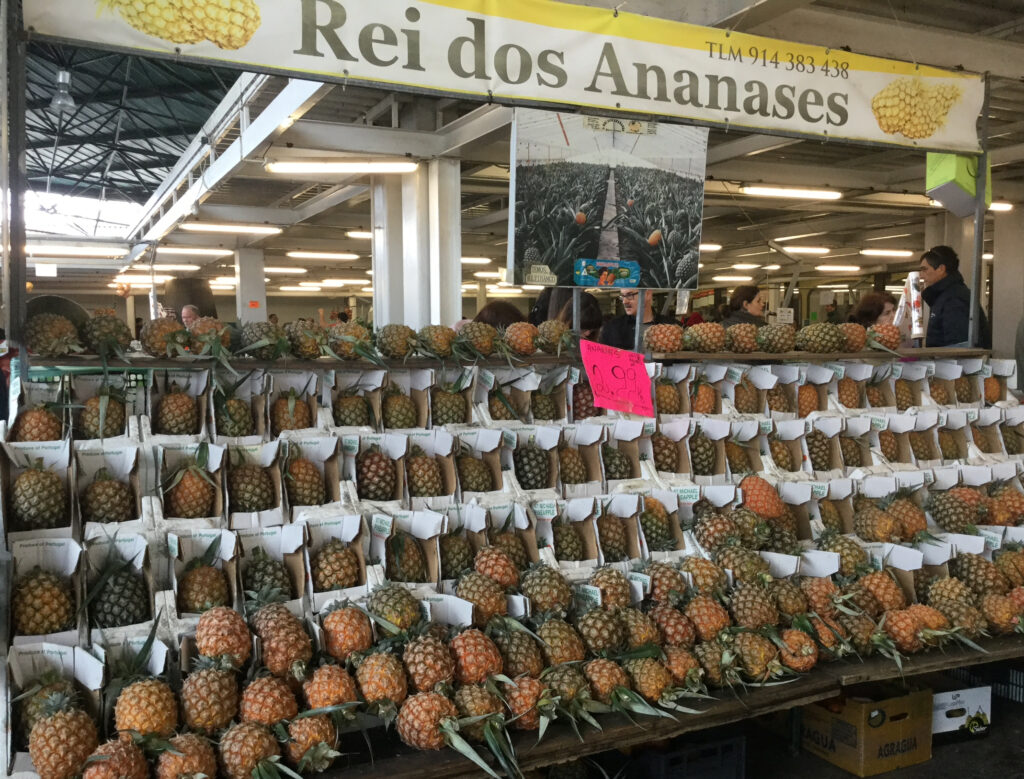
A bustling market where visitors can experience local life and purchase fresh produce, regional delicacies, and handcrafted souvenirs. It’s an excellent place to sample local cheeses, fruits, and the famous São Miguel pineapples.Museu Carlos Machado (Carlos Machado Museum)
Housed in a former convent, this museum offers exhibits on Azorean art, history, and natural sciences, providing insight into the region’s cultural and natural heritage. The museum’s collection includes ethnographic artifacts and works by local artists.These landmarks provide a glimpse into Ponta Delgada’s rich history and vibrant culture, making the city a captivating destination for travelers.
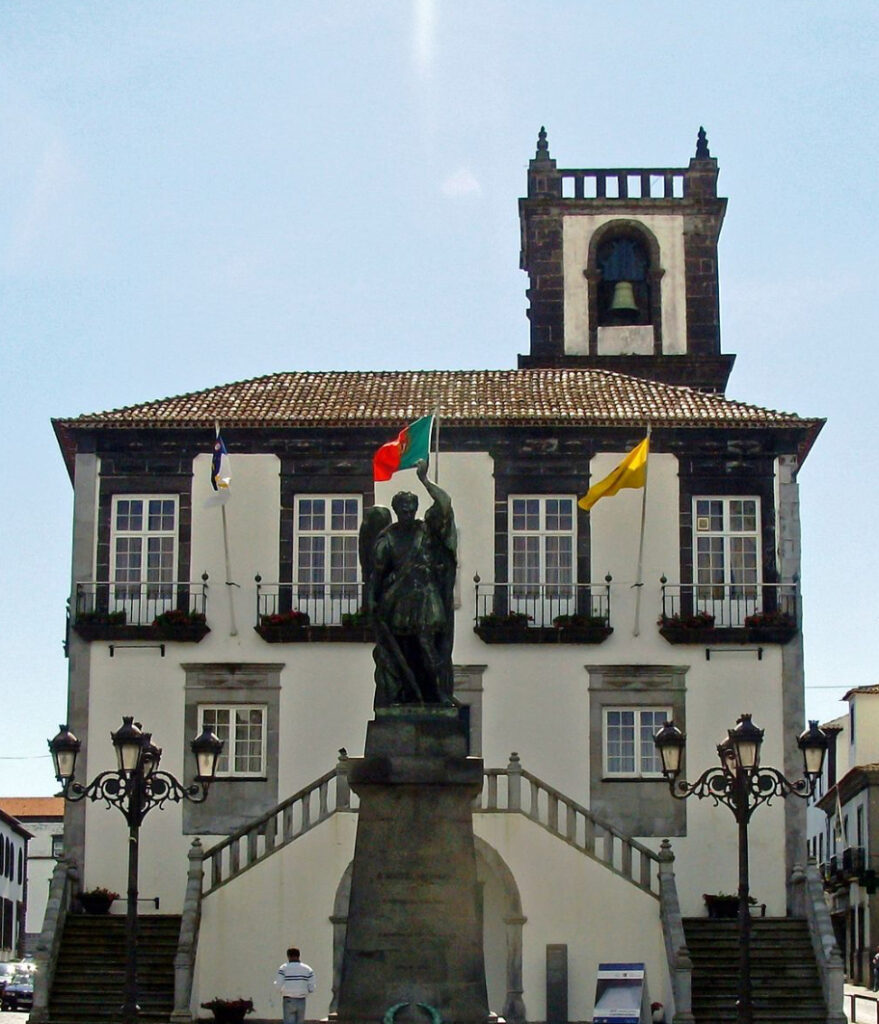
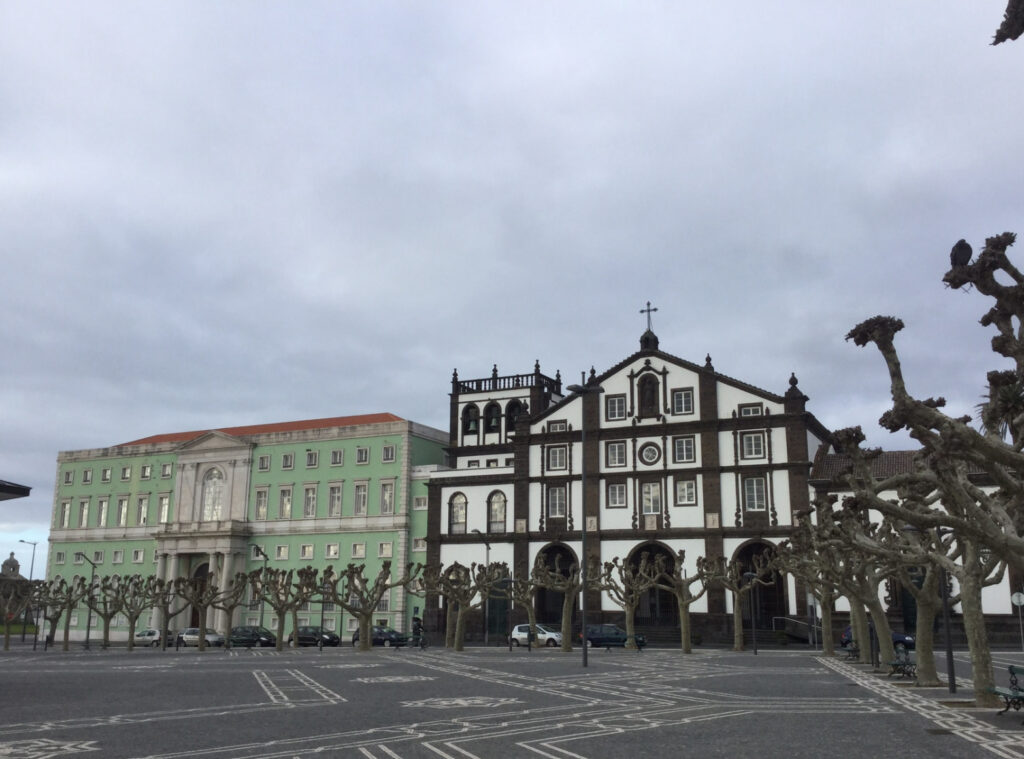
Ponta Delgada holds significant historical and modern importance in Atlantic Ocean sailing routes due to its strategic location in the Azores archipelago.
Historical Significance
1. Safe Harbor for Explorers – During the Age of Exploration (15th–17th centuries), the Azores, including Ponta Delgada, served as a key stopover point for Portuguese and other European explorers navigating between Europe, Africa, and the Americas. Ships would replenish supplies, repair damage, and take advantage of favorable winds.
2. Trade Routes – Ponta Delgada became a major port in the transatlantic trade network, facilitating the exchange of goods, including spices, sugar, and slaves, during the era of European maritime empires.
3. Whaling Industry – In the 19th century, the Azores became a hub for whaling ships, especially those from New England (USA), as it was located along migration routes of whales in the Atlantic.
Modern Significance
1. Transatlantic Shipping – Today, Ponta Delgada continues to serve as a mid-Atlantic refueling and supply station for both commercial cargo ships and cruise liners traveling between Europe and North America.
2. Yachting and Sailing Hub – The city is a popular destination for transatlantic yacht races and long-distance sailors. The Marina Ponta Delgada offers facilities for sailors crossing the Atlantic, making it a vital stop for navigation, repairs, and refueling.
3. Air and Sea Connectivity – Ponta Delgada also plays a role as a logistics and transportation hub, connecting Europe and the Americas via both sea and air routes, enhancing its status as a gateway to the Atlantic.
Events
• Atlantic Rally for Cruisers (ARC) – Although the main event often starts in the Canary Islands, the Azores, including Ponta Delgada, are frequently visited by participants as an optional stop or diversion point.
Geostrategic Role
Ponta Delgada’s position has also been critical for naval operations and communication networks, particularly during World War II when the Azores served as a base for anti-submarine patrols and refueling operations.
Its central Atlantic location continues to make it a valuable waypoint for global shipping and sailing routes.
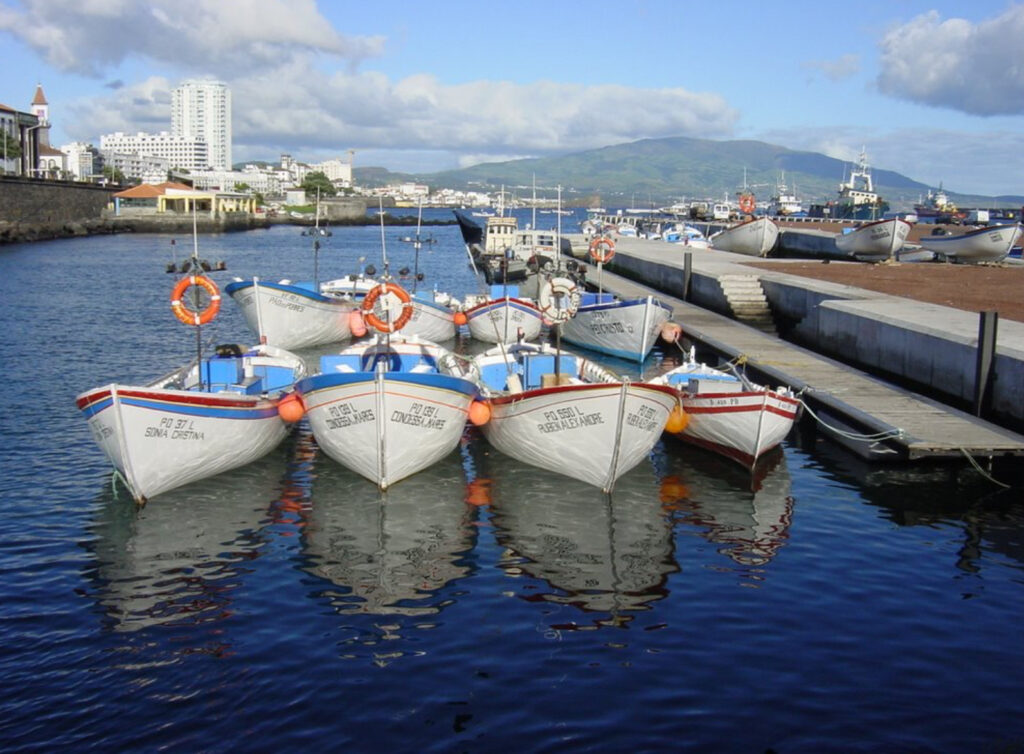
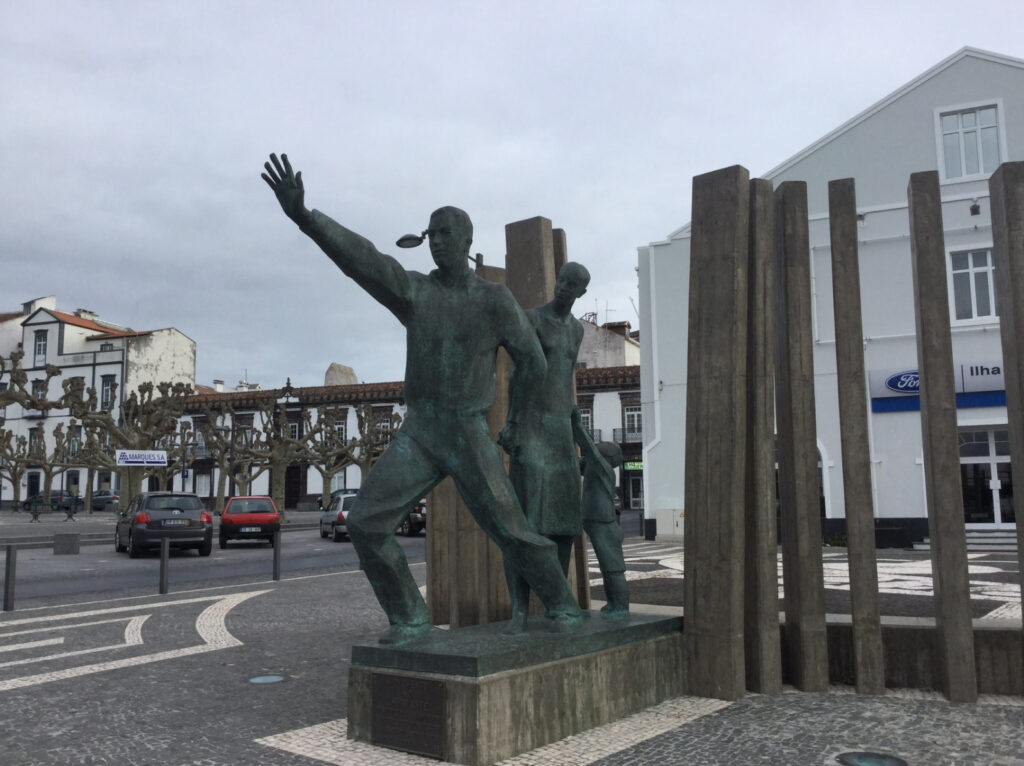
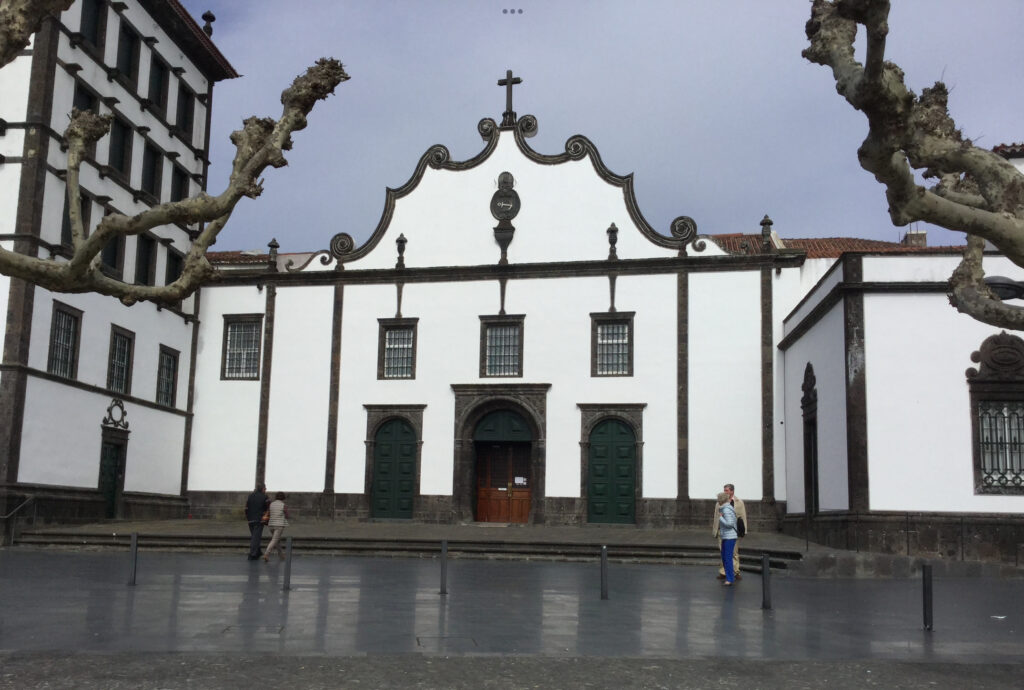
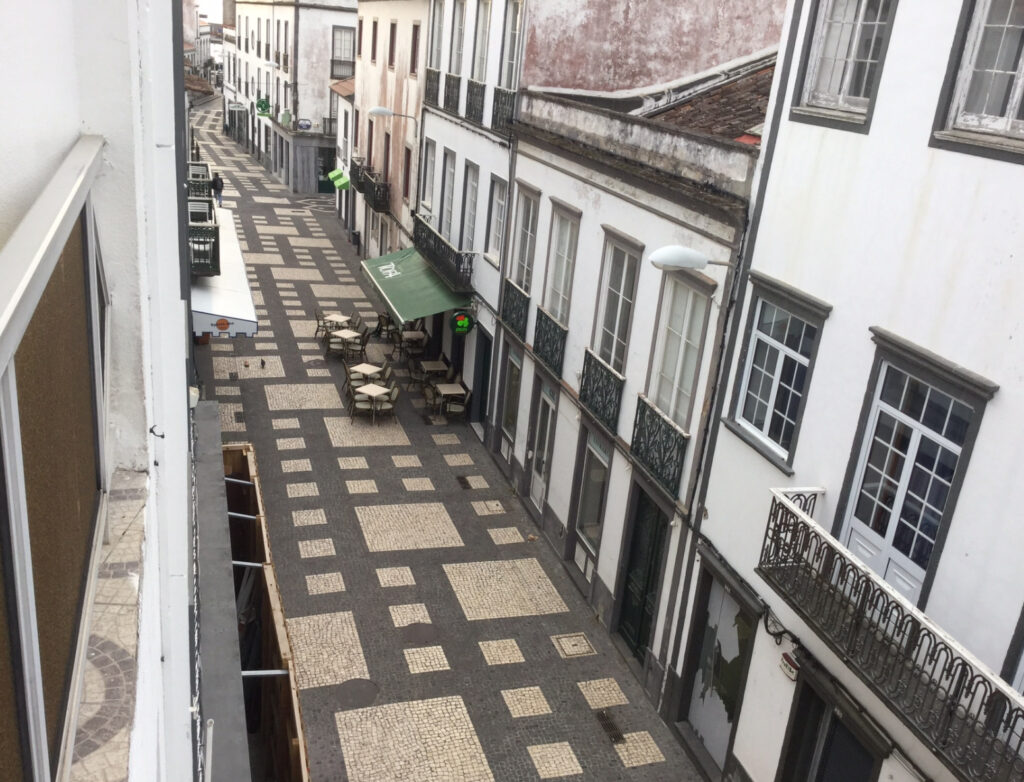
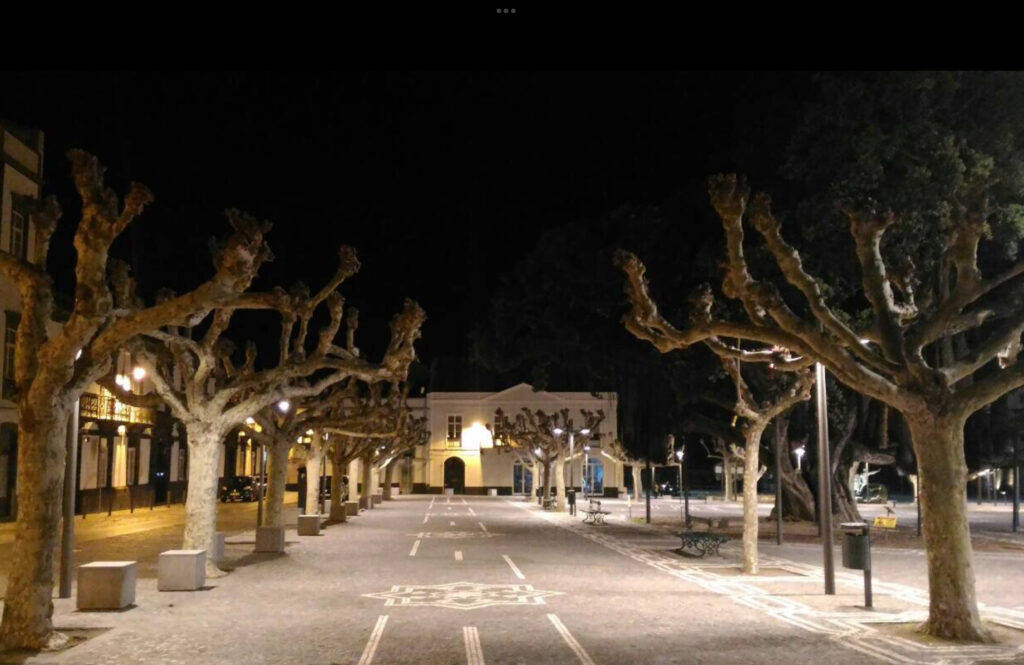
One-Day Itinerary for Ponta Delgada, Azores
Theme: History, Culture, and Local Cuisine
Morning
8:30 AM – Breakfast at Louvre Michaelense
• Start with a traditional Azorean breakfast at this charming café.
• Try bolo lêvedo (sweet muffin-like bread) with butter and Azorean cheese, paired with locally grown pineapple juice or coffee.
9:30 AM – Portas da Cidade (City Gates)
• Walk to the iconic 18th-century City Gates in Gonçalo Velho Cabral Square.
• Explore the surrounding historic buildings and take photos of this symbol of the city.
10:00 AM – Igreja Matriz de São Sebastião
• Visit this 16th-century Gothic-style church featuring beautiful azulejo tiles and intricate wood carvings.
• Admire the unique Manueline-style portal.
10:30 AM – Convento de Nossa Senhora da Esperança
• Stop at this convent, famous for its Chapel of Senhor Santo Cristo dos Milagres and religious artwork.
• Learn about the significance of the Santo Cristo Festival, one of the largest religious celebrations in the Azores.
11:30 AM – Museu Carlos Machado
• Discover Azorean history, ethnography, and art at this museum housed in a former convent.
• Highlights include traditional Azorean artifacts and exhibits on the region’s natural history.
Lunch (12:30 PM – A Taste of Azorean Cuisine)
Restaurant: A Tasca – A popular spot known for authentic Azorean dishes.
• Appetizer: Lapas grelhadas (grilled limpets with garlic butter).
• Main: Bife à Regional (local steak with garlic and red pepper paste).
• Dessert: Queijadas da Vila (sweet pastries from Vila Franca do Campo).
• Pair your meal with a glass of Verde Branco (local white wine).
Afternoon
2:00 PM – Jardim Botânico António Borges
• Relax in this tranquil 19th-century botanical garden filled with exotic plants, grottoes, and scenic paths.
• Ideal for a short walk to digest and enjoy nature.
3:00 PM – Forte de São Brás
• Explore this 16th-century fortress and its military museum.
• Learn about the defense history of the Azores and enjoy views of the harbor.
4:00 PM – Mercado da Graça (Graça Market)
• Experience local life in this bustling market.
• Taste Azorean pineapple, sample São Jorge cheese, and shop for local jams and liqueurs as souvenirs.
Evening
5:30 PM – Café Break at Louvre Michaelense
• Return for a relaxing coffee and a Malassada (Azorean doughnut) or pastel de nata.
6:30 PM – Marina and Waterfront Walk
• Stroll along the marina to watch the sunset over the Atlantic Ocean.
• Perfect for photos and soaking in the coastal vibe.
7:30 PM – Dinner at Cais 20 (Late Dinner as Preferred)
• Enjoy a seafood-focused dinner at this well-known restaurant.
• Starter: Polvo à Lagareiro (octopus in olive oil).
• Main: Peixe fresco grelhado (grilled fresh fish).
• Dessert: Ananás dos Açores com Licor (Azorean pineapple with liqueur).
Optional Evening Activity (9:30 PM)
• If energy permits, enjoy a live Fado performance at a local bar or lounge.
This itinerary combines history, culture, and food, offering a comprehensive experience of Ponta Delgada in one day.
